Like a phoenix, Seoul's premier palace has repeatedly risen from the ashes of destruction. Tourists have replaced thousands of mandarins, scholars, eunuchs, concubines, soldiers and servants who used to live here. Originally built by King Teajo, founder of the Joseon Dynasty, in 1395, Gyeongbokgung served as the main palace until 1592 when it burned down during the Imjin War (Japanese invasions, 1592- 1598). Lying in ruins for nearly 300 years, all the palace buildings were restored under the leadership of the regent and father of King Gojong in 1865.
The palace consists of 330 buildings and has 3,000 employees. Exit the Gwanghwamun Building flanked by a pair of giant haetae (mythical guardian lion-like animals) and head straight for the paved courtyard in front of the ornate two-story Geunjeongjeon main palace building. The impressive building with its two-story stone foundation and surrounding open corridor is where kings ascend to the throne, meet foreign emissaries and conduct court affairs.
West of Geunjeongjeon is the spectacular Gyeonghoeru, a grand pavilion raised by 48 stone pillars and overlooking a man-made lake with two small islands. Royal banquets were held inside, and kings often took rowing boats on the pond.
A series of smaller meeting rooms in front of the king's compound, Gangyeongjeon, behind is the Gyotaejeon, the queen's room. Behind that is the terraced garden, Amisan: brick chimneys decorated with longevity symbols on the garden's terrace to release smoke from the palace's underfloor heating.
To the east of the palace is the Donggun area, the residence of the Crown Prince. Later, King Gojong built more halls for his personal use and a fish pond decorated with Hyangwonjeong, a beautiful hexagonal pavilion on an island.
Today, visitors can enter Gyeongbokgung Palace through all four sides of the Palace. Gwanghwamun Main Gate in the south, Yongchumun Gate in the west, Sinmumun Gate in the north, and the entrance to the National Folk Museum of Korea on the east.
Address: 161 Sajik-ro, Sejongno, Jongno-gu, Seoul
Opening hours: Monday, Wednesday - Sunday: 09:00 - 18:00 (Closed on Tuesday)
Admission: - Adults (ages 19 to 64): 3,000 won
- Children (from 7 to 18 years old): 1,500 won
- Free: children under 7 years old, people over 65 years old, people wearing traditional Hankbok, on the last Wednesday of every month.

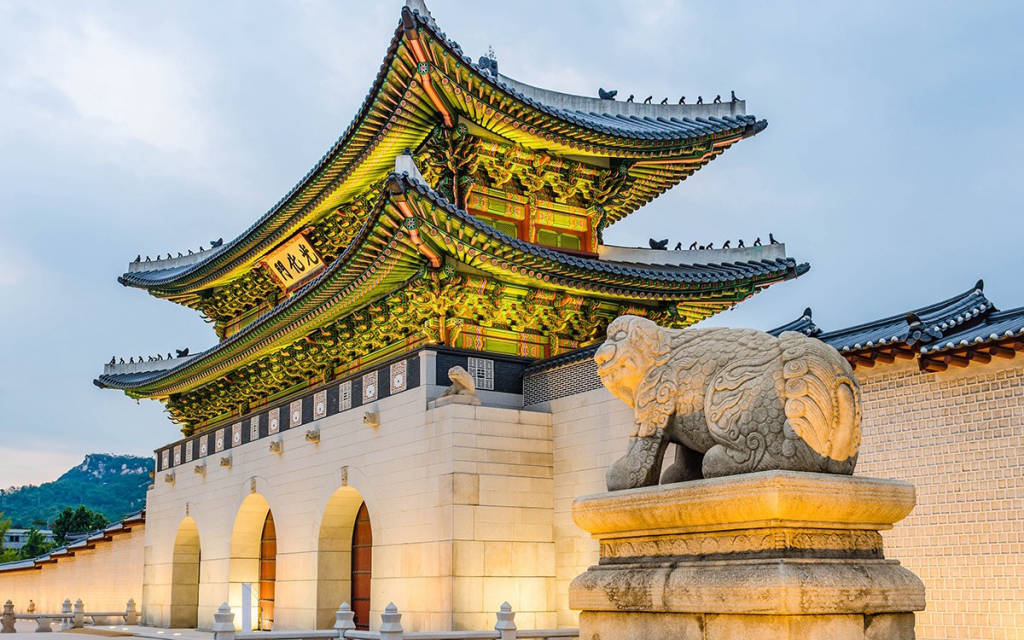

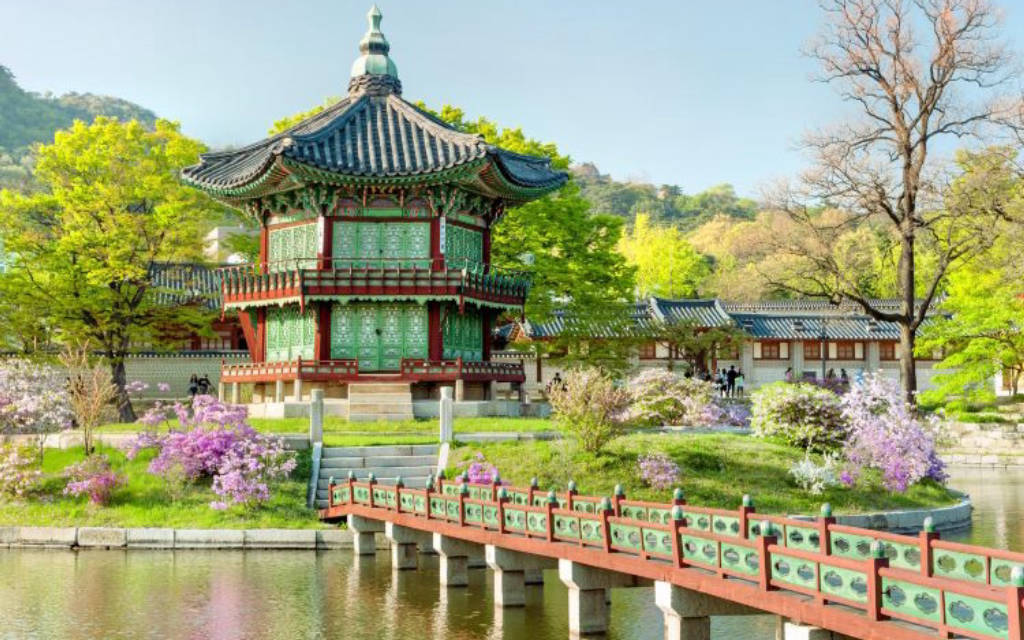
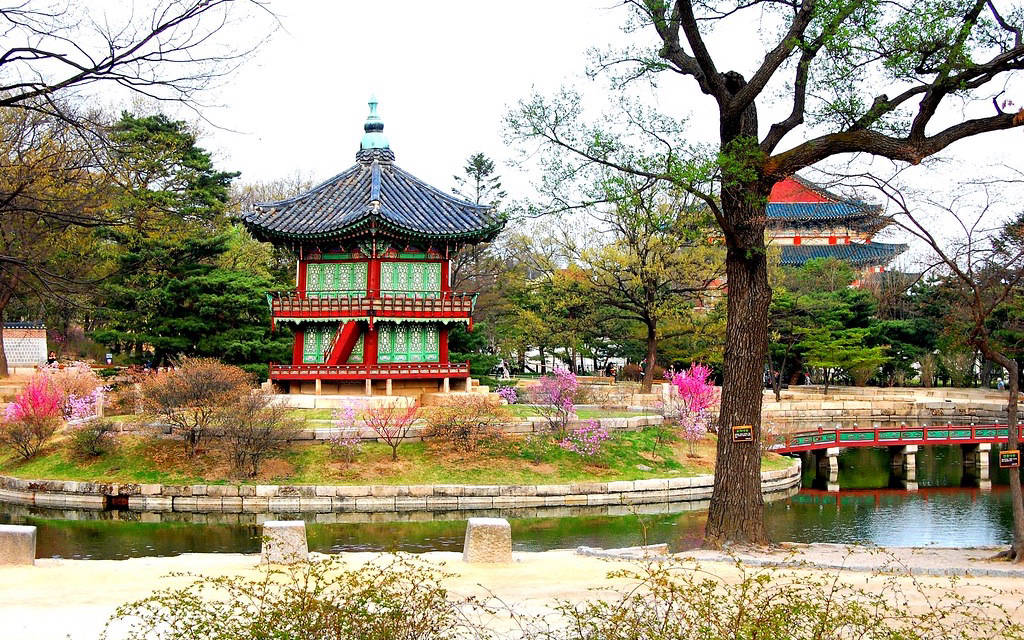
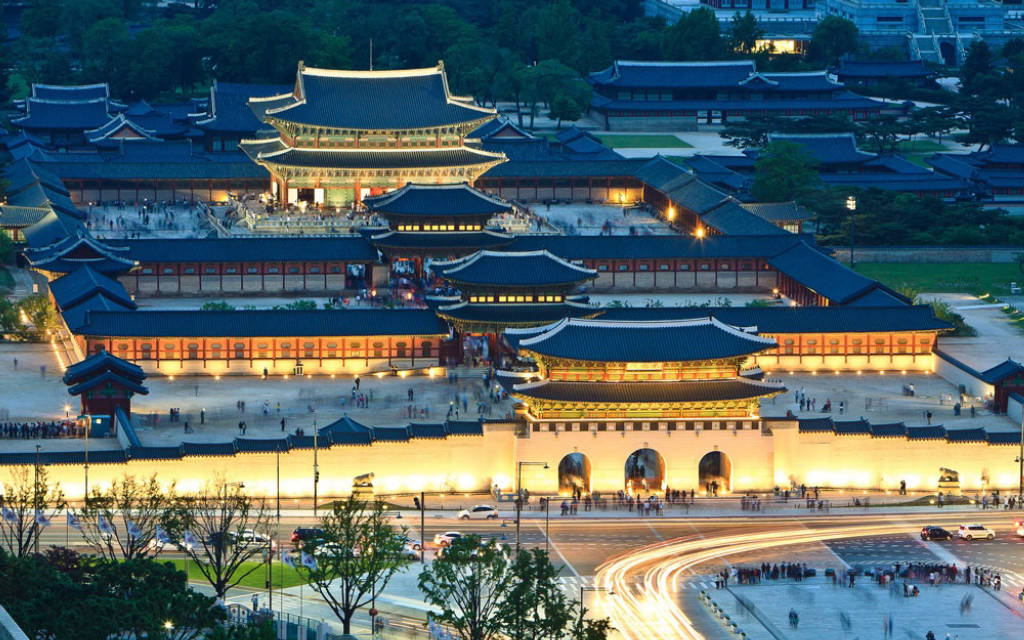

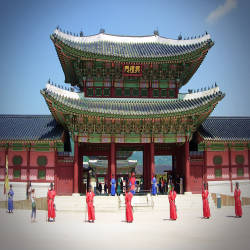



 161 Sajik-ro, Sejongno, Jongno-gu, Seoul
161 Sajik-ro, Sejongno, Jongno-gu, Seoul